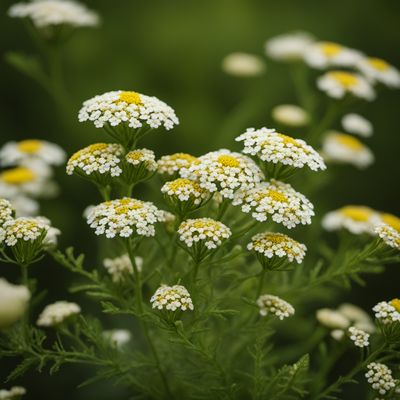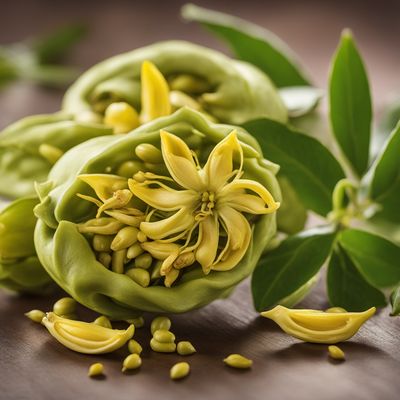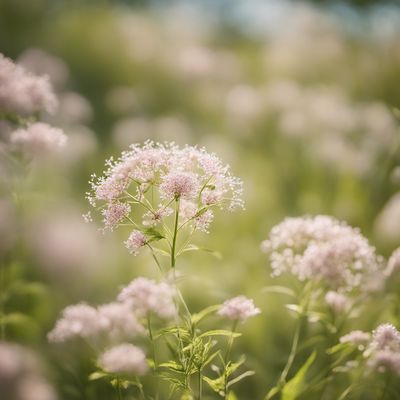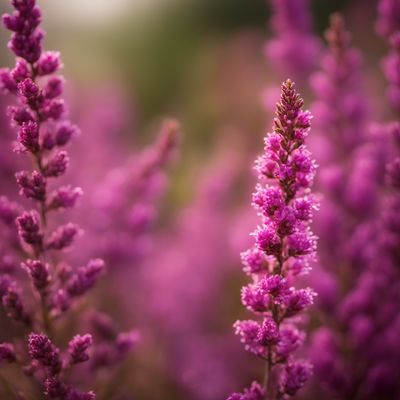
Ingredient
Elder infusion flowers
The Enchanting Elixir: Elder Infusion Flowers
Elder infusion flowers are small, cream-colored blossoms that grow on the elder tree. They have a delicate, floral aroma with hints of honey and citrus. The taste of elder infusion flowers is subtly sweet and slightly musky, with notes of pear and lychee. These flowers have a soft, velvety texture and add a touch of elegance to any dish or drink.
Origins and history
Elder infusion flowers have a rich history dating back centuries. They have been used in traditional medicine and folklore for their purported health benefits. Elder trees are native to Europe, but they can also be found in other parts of the world, including North America. In many cultures, elder infusion flowers are associated with folklore, magic, and celebrations, often used in traditional recipes and beverages.
Nutritional information
Elder infusion flowers are low in calories and are a good source of antioxidants, vitamins, and minerals. They contain vitamin C, phenolic compounds, and flavonoids, which contribute to their potential health benefits.
Allergens
There are no known allergens associated with elder infusion flowers.
How to select
When selecting elder infusion flowers, look for fresh blossoms that are fully open and free from browning or wilting. The flowers should have a vibrant cream color and a strong, pleasant aroma. Avoid flowers that appear dry or discolored.
Storage recommendations
To maintain the freshness of elder infusion flowers, store them in a sealed container or bag in the refrigerator. They can also be dried or preserved for later use. If using dried flowers, store them in an airtight container in a cool, dark place.
How to produce
Elder trees can be grown in gardens or pots, making it possible for amateurs to produce their own elder infusion flowers. They require well-drained soil, ample sunlight, and regular watering. It takes a few years for the tree to mature and produce flowers, but the wait is worth it for the fragrant blossoms.
Preparation tips
Elder infusion flowers can be used to make various beverages, such as elderflower cordial, tea, or cocktails. They can also be incorporated into desserts, jams, jellies, and syrups, adding a delicate floral flavor to the dishes. Additionally, elder infusion flowers can be used as a garnish for salads or infused into vinegar for a unique twist.
Culinary uses
Elder infusion flowers are commonly used in European cuisine, particularly in countries like England, France, and Germany. They are also popular in Scandinavian and Eastern European cuisines. Elder trees can be found in the wild or cultivated in gardens in these regions.
More ingredients from this category » Browse all

Yarrow infusion flowers
The Healing Power of Yarrow: Unlocking the Benefits of Infusion Flowers

Bee balm infusion flowers
The Floral Elixir: Bee Balm Infusion Flowers

Cowslip infusion flowers
The Delicate Elixir of Cowslip

Black locust infusion flowers
The Fragrant Elixir of Black Locust

Horse-chestnut infusion flowers
The Delicate Beauty: Exploring Horse-Chestnut Infusion Flowers

Ylang-ylang infusion flowers
The Fragrant Elixir: Ylang-Ylang Infusion Flowers

Orange infusion flowers
The Fragrant Delight: Exploring the Aromatic World of Orange Infusion Flowers

Meadow sweet infusion flowers
Nature's Fragrant Brew: Meadow Sweet Infusion Flowers

Field poppy infusion flowers
The Delicate Elixir: Field Poppy Infusion Flowers

Heather infusion flowers
The Floral Elixir

Sweet olive infusion flowers
Fragrant Blossoms: Exploring the Delicate Sweetness of Olive Infusion Flowers

Cat’s foot infusion flowers
The Delicate Elixir: Unveiling the Secrets of Cat’s Foot Infusion Flowers